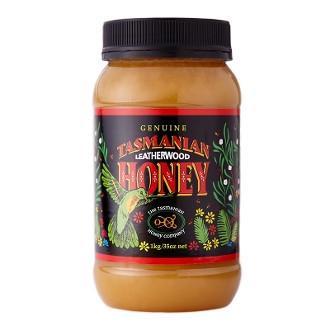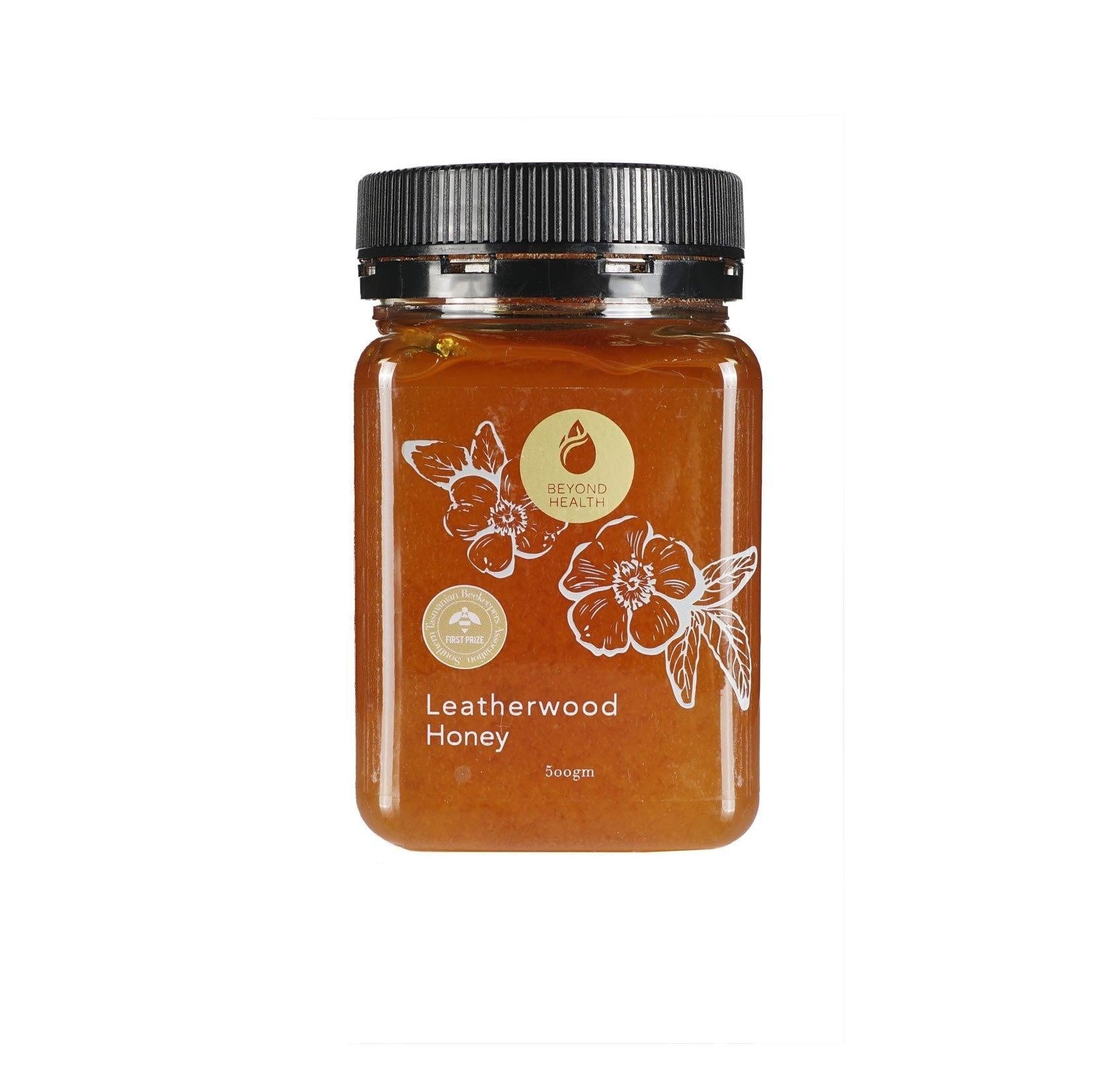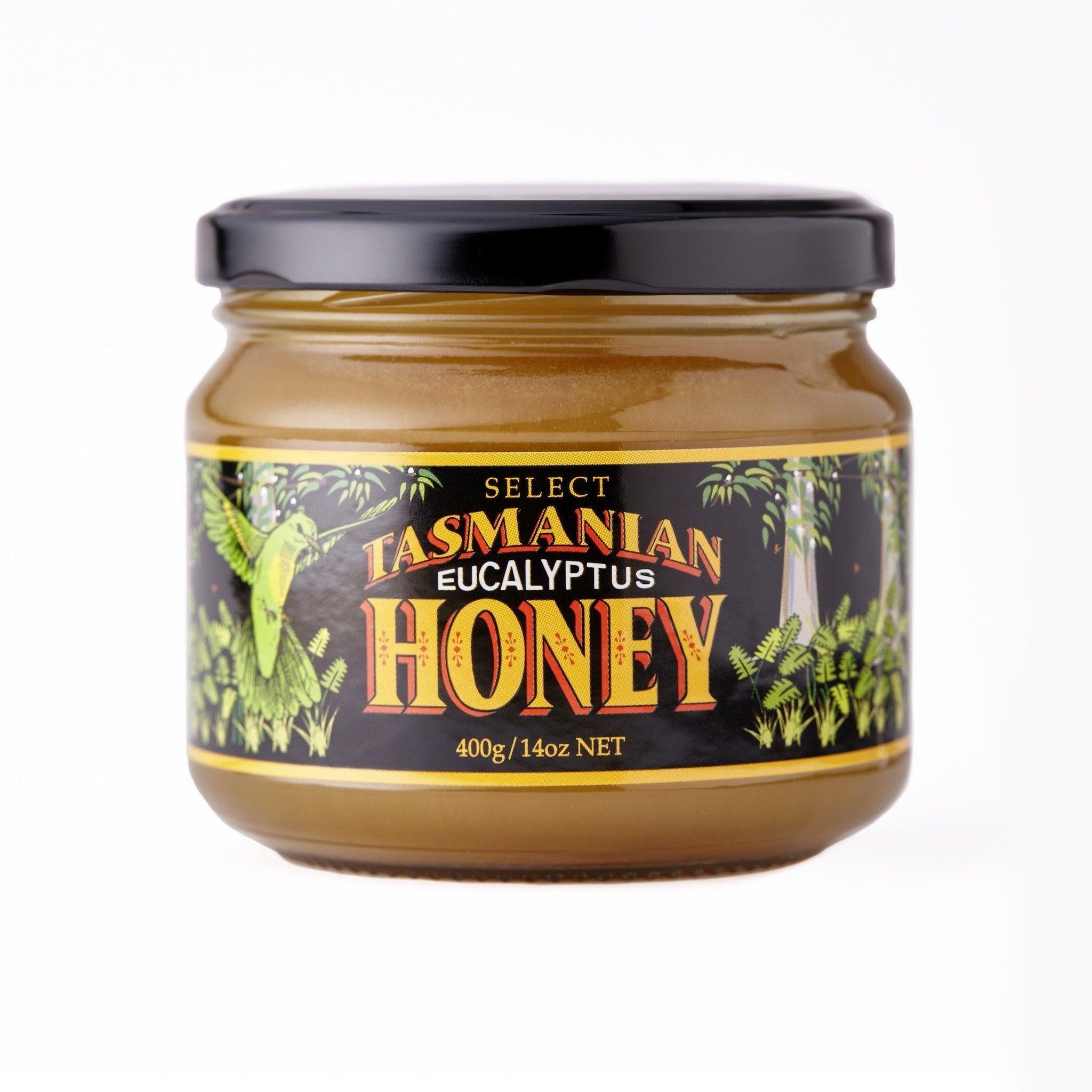There are so many different types of honey. This is mainly due to the various production processes. In this article, we will will explore the differences between raw vs pure honey.
Most of the time, it is not easy for an average consumer to tell the difference in honey quality as the “naming” used by honey brand owners are so often “pleasing” and “attractive”.
When you see the word “pure” in a honey label, you would think that it is free from additives or impurities. When you see the word “raw”, you would think it is almost “untouched” by human processes, and that the honey retains its “original” form of honey with all the goodness with it.
First, let us shed light on the different naming conventions of honey:
1) Pure Honey (or Regular/Pasteurized/Commercial Brands Honey)
A “pure honey” label usually means that you are getting 100% honey, without any other ingredients (such as corn syrup, which is sometimes added to industrial honey to reduce costs).
However, “pure” honey alone doesn’t always tell you much about the varietal or honey production process. Hence, it’s good to look for more information to make sure you’re getting all the benefits you can from honey when it’s produced in the most bee- and environment-friendly way.
Regular, or pasteurized honey that you see in the supermarket is clear and smooth. The pasteurization process improves the honey’s appearance and increases its shelf-life.
Is “Pure” Good?
Some studies show that pasteurization reduces the number of
antioxidants and nutrients in the honey.
This is a huge issue for health advocates as what they really want is the natural goodness of the honey.
Most Regular Honey Doesn’t Contain Any Pollen
Bees travel from flower to flower collecting nectar and pollen.
The bees then take back the nectar and pollen to the beehive. Following which the bees would pack them into the honeycomb and eventually become a food source for themselves.
Bee pollen is amazingly nutrition-rich and contains over 250 substances, including vitamins, amino acids, essential fatty acids, micronutrients, and antioxidants. (In fact, the German Federal Ministry of Health recognizes bee pollen as a medicine)
Unfortunately, processing methods like heat treatment and ultrafiltration commonly applied in the production of Pure Honey will remove bee pollen.
For example, one unofficial study analyzed 60 samples of commercial honey brands (labeled as Pure Honey) in the US. They discovered that over 75% of all samples contained no pollen.
2) Raw Honey
Raw honey comes directly from the beehives and goes through minimal processing. Honey producers take honey from the honeycomb. As such, this type of honey can also be called raw unfiltered honey.
Raw honey contains flecks of pollen, royal jelly, propolis and small particles of wax suspended in a viscous honey liquid; and is not adulterated by the addition of other ingredients or substances, or the removal of components beneficial to people.
Hence, the minimal processing of raw honey ensures it still contains all the valuable natural properties of real bee honey, including the health benefits of this delicious, nutritious food created by nature.
We have an article
here that explains extensively on the benefits of raw honey.
Raw honey’s nutrition content varies by its origin and other factors.
Generally, one tablespoon or 21 grams of raw honey contains 64 calories and 17 grams of sugar. In addition, raw honey contains smaller amounts of the following micronutrients (or, vitamins and minerals):
- calcium
- magnesium
- manganese
- niacin
- pantothenic acid
- phosphorous
- potassium
- riboflavin
- zinc
Also, raw honey is a source of varying amounts of amino acids, enzymes, and other beneficial compounds.
Conclusion on Raw vs Pure Honey
From the above, you could easily tell that Raw Honey provides better nutritional value in comparison to Pure Honey. However, due to the trace presence of nutrients such as pollen, royal jelly and propolis, Raw Honey appears "cloudy", "opaque" and "inconsistent" in look. Some explanations also needed if you are gifting raw honey to your loved ones.
At the end of the day, you should decide for yourself if you prefer the honey to look "good" or prefer to have higher amounts of nutrients.
For raw manuka honey, click
here.







LEAVE A REPLY
Your email address will not be published. Required fields are marked *